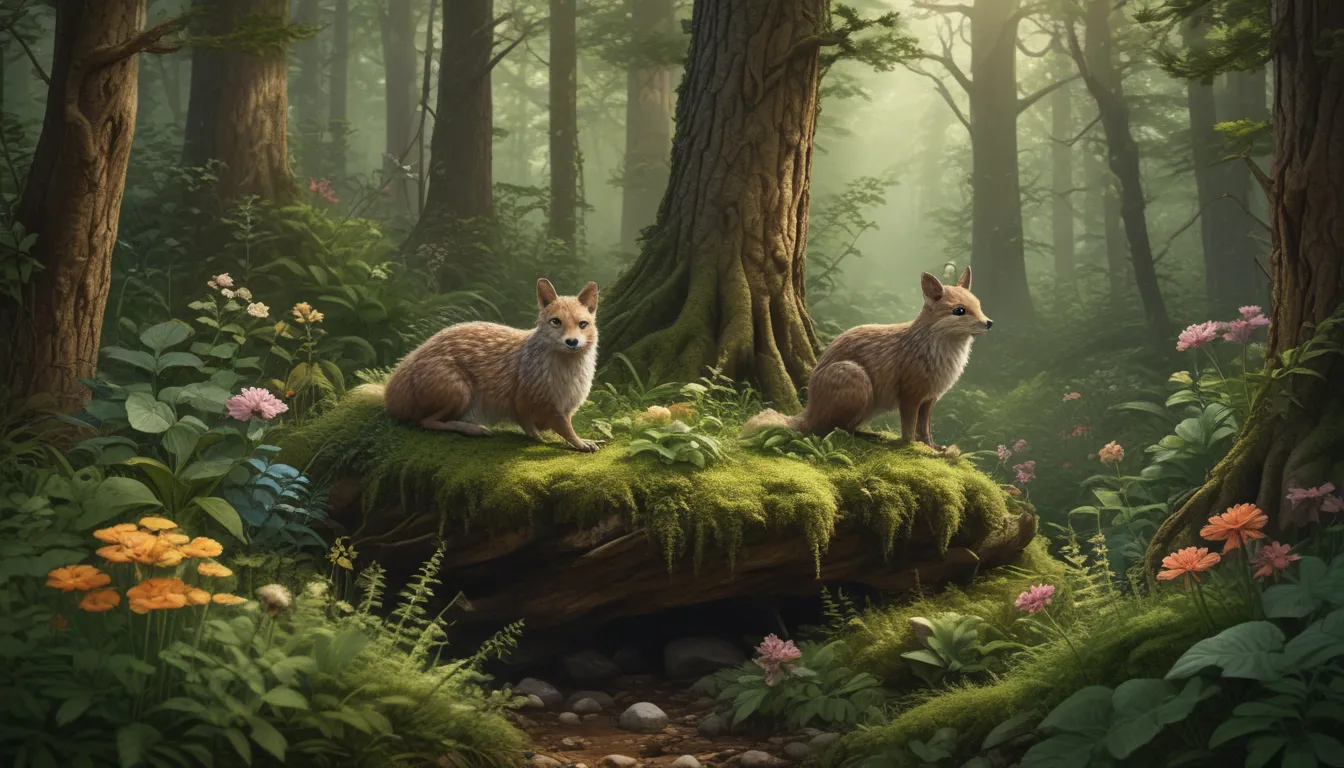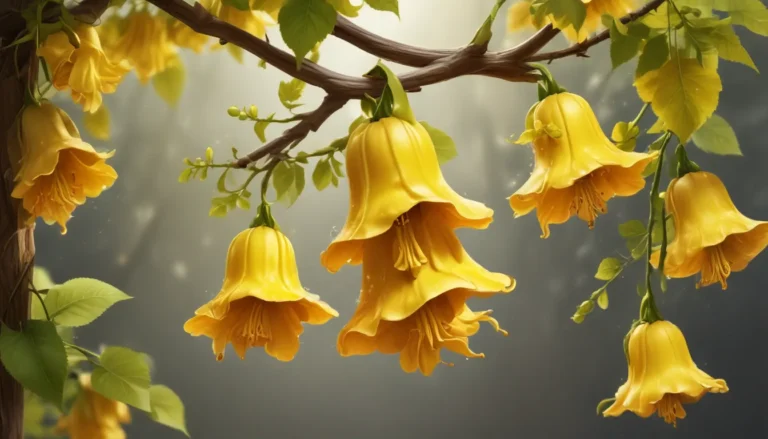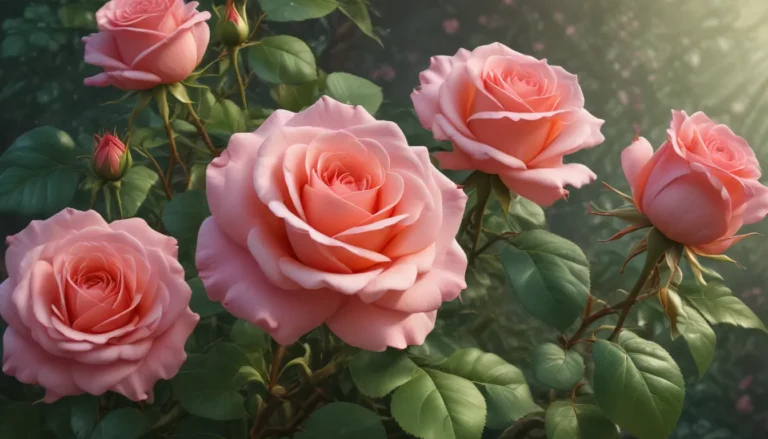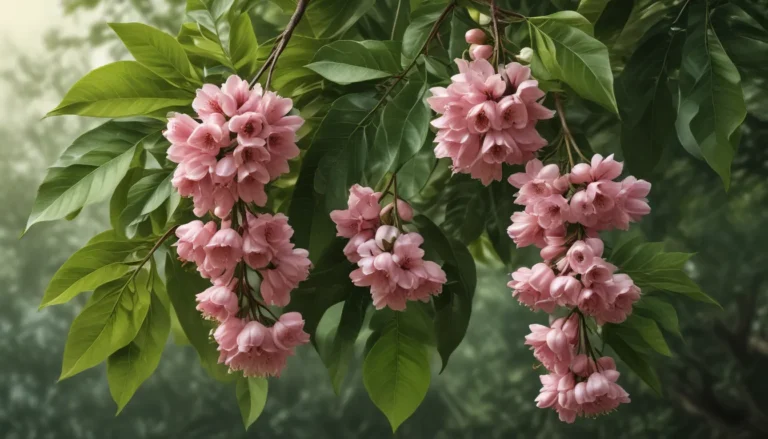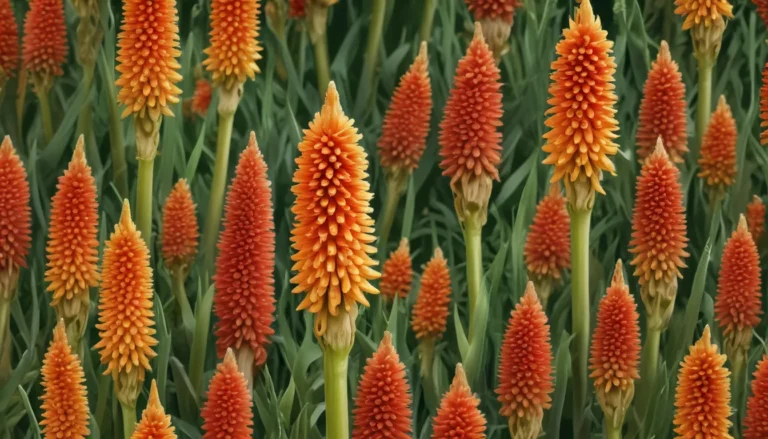The pictures we use in our articles might not show exactly what the words say. We choose these pictures to make you interested in reading more. The pictures work together with the words but don’t take their place. The words still tell you the important facts.
Are you ready to delve into the captivating world of woodland plants? These green wonders play a vital role in our planet's ecosystems, offering essential habitats for a diverse array of wildlife. From the forest floor to the canopy, each plant species contributes to the intricate web of life in woodlands. Join us as we uncover intriguing facts about these fascinating plants, shedding light on their adaptations, importance, and the threats they face. Whether you're a nature enthusiast or simply curious, these insights will deepen your appreciation for the often-overlooked inhabitants of our forests.
Understanding Woodland Plants
Woodland plants are the botanical gems that thrive under the dappled sunlight filtering through the canopy of trees in forested areas. They have evolved unique adaptations to flourish in low-light conditions, creating a rich tapestry of biodiversity in woodlands. From delicate ground cover to towering trees, each plant plays a crucial role in supporting the health of forests and the wildlife that depend on them.
- Woodland plants often have specialized adaptations that enable them to thrive in shaded environments.
Diving into the Diversity of Woodland Plants
The world of woodland flora is vast and varied, encompassing a wide range of plant species that contribute to the complexity of woodland ecosystems. From the lush ferns that carpet the forest floor to the humble mosses that create microhabitats for microorganisms, each type of plant has a unique role to play.
- Ferns, with their ability to thrive in shaded, moist soil, are a common sight in woodlands. 2. Mosses, by retaining moisture in the soil, provide a habitat for numerous microorganisms and contribute to the overall health of woodland ecosystems.
Unveiling the Adaptive Strategies of Woodland Plants
Adaptation is the key to survival in the shaded world of woodlands, and plants have evolved a variety of strategies to thrive in this environment. From timing their flowering to maximizing sunlight capture, woodland plants have fine-tuned their adaptations over millennia.
- Early-flowering species like trilliums and wild garlic ensure they receive enough sunlight for photosynthesis before the trees overhead fully leaf out in spring. 2. Some plants have leaves with a large surface area to capture maximum sunlight for energy production.
The Vital Role of Woodland Plants in Ecosystems
Woodland plants are active participants in the delicate dance of life within forest ecosystems, providing essential food and habitat for a wide range of wildlife. From decomposing leaves enriching the soil to creating microhabitats for insects, woodland plants are the backbone of healthy woodland ecosystems.
- Woodland plants offer a variety of habitats for wildlife, supporting everything from insects to birds in their quest for food and shelter. 2. Decomposing plant material enriches the soil, promoting a fertile environment for the growth of new plants and the health of the forest ecosystem.
Protecting Woodland Plants for Future Generations
Despite their resilience, woodland plants face threats from invasive species and the impacts of climate change. Conservation efforts are crucial to safeguarding the diversity and health of woodland ecosystems for future generations.
- Conservationists work to remove invasive species and reintroduce native plants to woodlands, restoring balance to these fragile ecosystems. 2. Efforts to protect woodland habitats from deforestation and development are essential to ensuring the survival of woodland plants and the wildlife that depend on them.
Exploring the Unique Characteristics of Woodland Plants
Some woodland plants have remarkable stories and characteristics that make them particularly intriguing to observe and study. From the stunning blue carpets of bluebells to the unique nutritional habits of the ghost plant, each species has its own tale to tell.
- Bluebells cover forest floors in a vibrant blue hue during spring, creating a picturesque scene in woodlands around the world. 2. Wild garlic is known for its strong aroma, which can fill an entire forest during its flowering season, adding a sensory dimension to woodland walks. 3. The ghost plant, or Indian pipe, is a rare woodland species that does not photosynthesize and instead relies on a symbiotic relationship with fungi for nutrients.
Embracing Woodland Plants in Folklore and Medicine
Woodland plants have long held a special place in human culture, with many species featuring prominently in folklore and traditional medicine. These plants not only enrich our natural landscapes but also provide valuable insights into the deep connection between humans and the natural world.
- Many cultures have myths and legends associated with woodland plants, adding a sense of mystery and magic to these botanical wonders. 2. Historically, plants like yarrow and willow bark have been used for their medicinal properties, treating a variety of ailments and highlighting the importance of traditional plant-based remedies.
Celebrating the Beauty and Complexity of Woodland Plants
Woodland plants contribute to the aesthetic and biological diversity of forests, creating a tapestry of colors, shapes, and textures that enrich our natural landscapes. Each species plays a unique role in the intricate web of life that sustains our planet's forests.
- The vibrant colors, shapes, and sizes of woodland plants create a visually stunning display on the forest floor, delighting observers and adding to the richness of woodland environments. 2. Observing woodland plants throughout the seasons offers a glimpse into the dynamic and ever-changing nature of forests, highlighting the interconnectedness of all living things in these ecosystems.
Embarking on a Journey Through the Forest
As we conclude our exploration of woodland plants, let's remember the vital role these plants play in sustaining the health and biodiversity of our planet's forests. Every leaf, root, and branch in the forest tells a story of resilience, adaptation, and interconnectedness. By continuing to learn, appreciate, and protect woodland plants, we can ensure that these vital ecosystems thrive for generations to come. So, lace up your hiking boots, step into the forest, and immerse yourself in the wonders of woodland plants. There's always more to discover beneath the canopy.
Was this page helpful?
Our dedication to delivering accurate and engaging content is the cornerstone of our work. Every fact you find on our site comes from real users like you, offering a wealth of diverse insights and information. Our team of editors rigorously reviews each submission to ensure the highest standards of accuracy and credibility. Trust in our commitment to quality and authenticity as you delve into the fascinating world of woodland plants.
